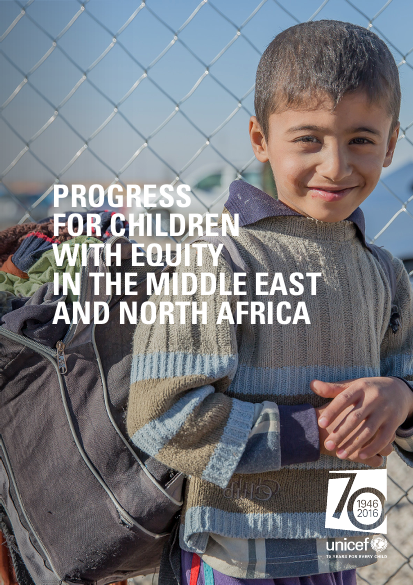
By focusing on MDG and SDG indicators relevant to children, the publication serves as a basis for assessing the achievement of the global MDG targets and for the setting of national SDG targets. Some additional variables, which can explain trends and most recent status vís-a-vís the targets, are also examined at a national or sub-national level where possible. Rather than presenting regional averages, this report uses data at the national and sub-national level. Inter-country and in certain instances intra-country comparisons, building upon available data, help identify disparities between countries as well as in-country inequalities, thus pointing to the most deprived children. There are emerging patterns revealed through some specific indicators, which would at times require further, more in-depth analysis to explain causes and identify possible ways to address gaps. Such evidence-substantiated knowledge can in turn serve as a good reference when setting national targets and designing tailored policies and programmes, focused on the most marginalized people including children.
This publication identifies some data gaps in a number of areas relevant to children, particularly in the context of the SDG agenda and its indicators’ framework. Therefore, the publication can serve to substantiate in-country dialogues and inform specific commitments to strengthen national statistical systems. This can be done through further expansion of both administrative and household-based data collection and analysis, filling in these gaps and ensuring production of data necessary to report on progress towards set national SDG-related targets.